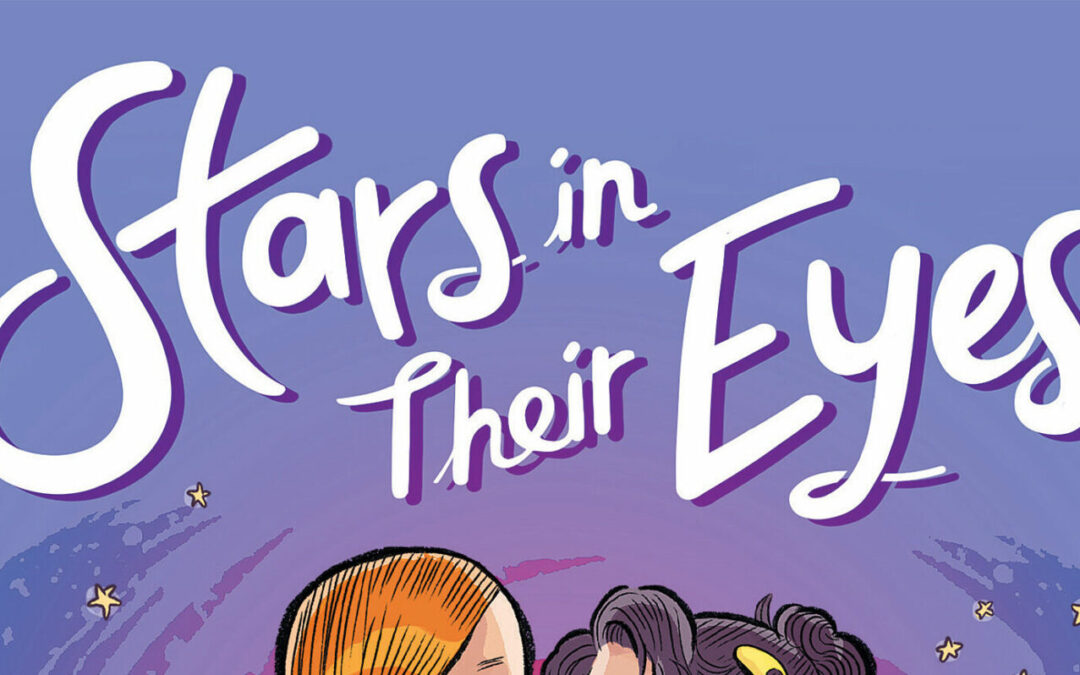
by Michele Kirichanskaya | May 23, 2025 | Blog
Jessica Walton is a queer, disabled writer and speaker. They co-wrote an episode of Australian comedy series Get Krack!n that focused on disability, and they are also the author of Introducing Teddy, a picture book illustrated by Dougal MacPherson. Jess’s short...
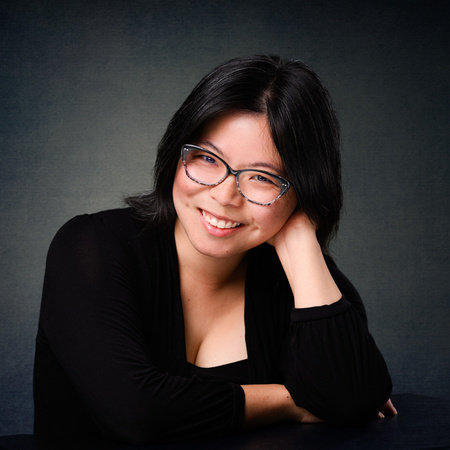
by Michele Kirichanskaya | May 21, 2025 | Blog
Emily Yu-Xuan Qin has a Master of Arts from the University of Calgary. She is a first-generation immigrant to Canada. As a child, she was sluggish in learning English—until she picked up her first Animorphs book. She can be found online at @EyxQin on X. I had the...

by Michele Kirichanskaya | May 16, 2025 | Blog
Bobbie Pyron has worked in libraries and bookstores in North Carolina, Tennessee, and Utah and has been active in local animal rescue work for many years. She’s the author of A Pup Called Trouble, A Dog’s Way Home, and Stay. Bobbie lives in Ashville, NC, with her...
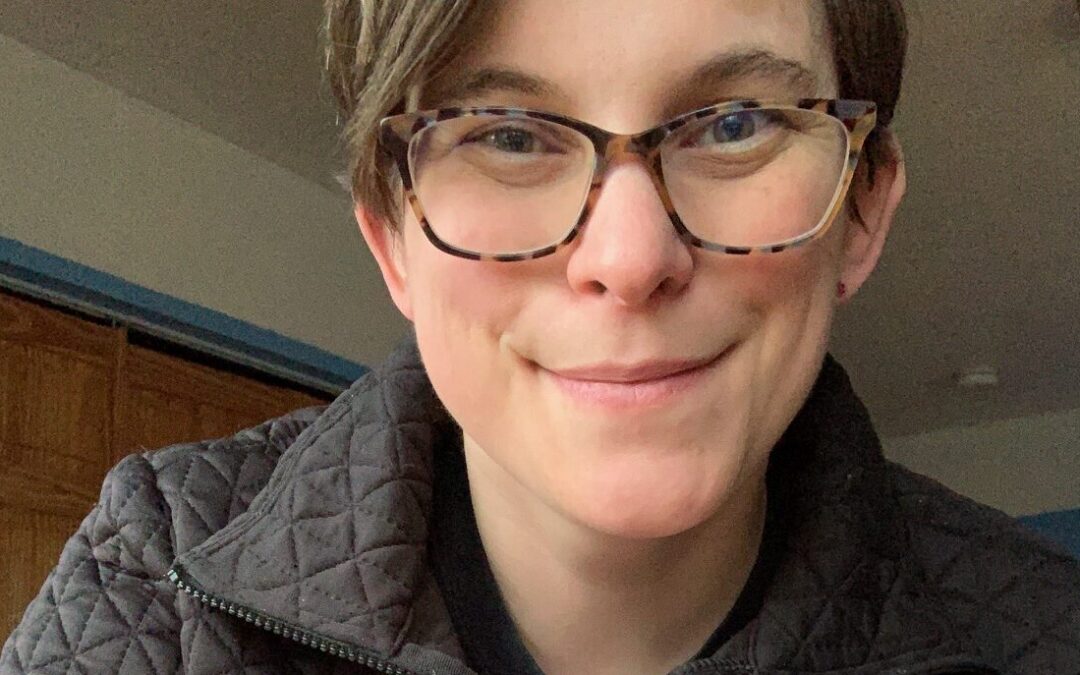
by Alexa Goodrich-Houska (she/they) | May 14, 2025 | Blog
Kellie Doherty is a proudly bisexual science‑fiction and fantasy word‑slinger hailing from Eagle River, Alaska—where the winters are long, the nights are bright, and the plot bunnies run wild. Her debut duology Finding Hekate and Losing Hold put queer space opera on...
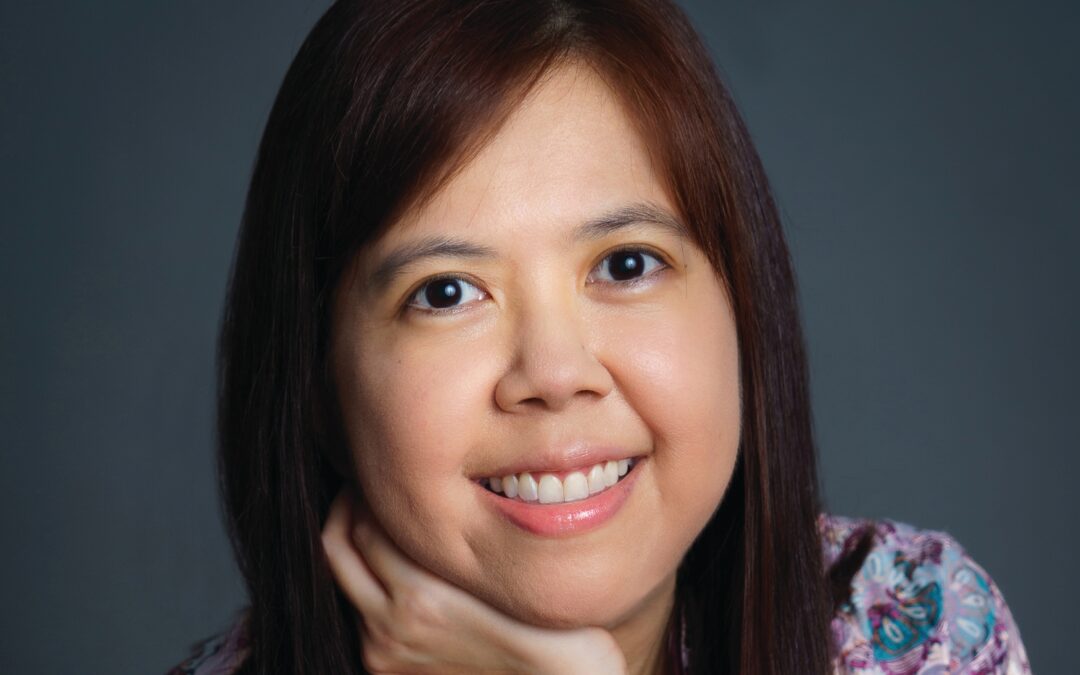
by Michele Kirichanskaya | May 8, 2025 | Blog
Sher Lee writes young adult novels with Asian characters. She lives in Singapore and has an abiding love for local street food (including an incredible weakness for xiao long bao). She has two adorable corgis, Clover and Spade. Find her on Instagram @sherleeauthor. I...
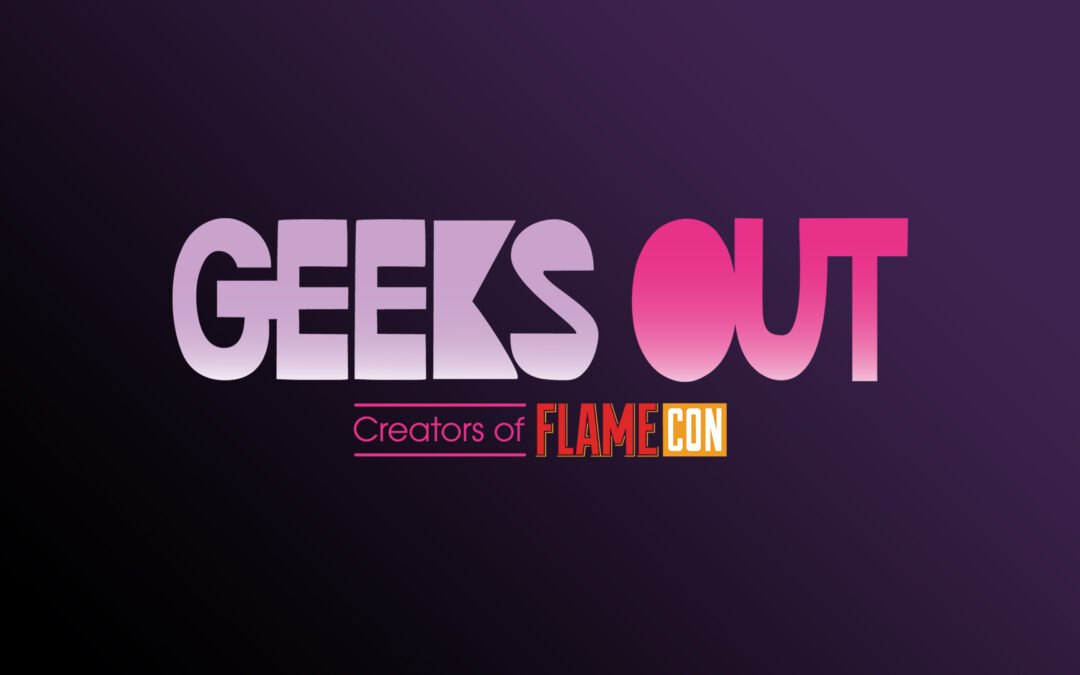
by Michele Kirichanskaya | May 2, 2025 | Blog
Rainie Oet is a trans woman who writes fiction and poetry for adults and young readers. She is the author of the picture books Robin’s Worlds and Monster Seek (Astra). She received her MFA at Syracuse University, where she was awarded the Shirley Jackson Prize in...







